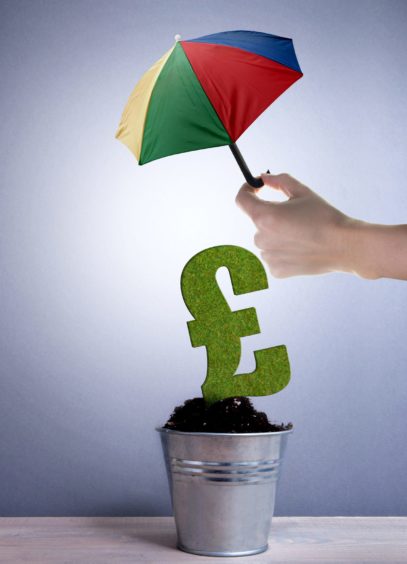Since 2015, anyone 55 or over, with a defined contribution pension scheme has been able to access their entire pension savings, and, in short, do with it what they will.
Great news? Well yes and no. The flexibility this brings is extremely welcome, however, with choice comes huge responsibility and corresponding risk.
The biggest question facing you, and probably the most important financial decision you will make for the rest of your life, is what to do with your money.
Spreading your investment can provide some protection if one particular asset class is impacted in some way.”
The first point to make is that a pension, for most people, will be their main source of income when they retire, and whatever size of fund they have it will need to last them until they die.
With substantial sums at stake, indeed the size of which many of us never have before had access to in our lifetimes, the temptation is to plunge in, take the money and live a luxury lifestyle.
But this should be resisted until at least you’ve had a chance to really understand the possible consequences of your decision, both positive and negative.
To withdraw your pension, you simply close it and take the money. The first 25% is tax-free and the remaining 75% added to the rest of your income and taxed in the normal way.
The opportunity to mix and match options may well be the best option for many, such as taking a lump sum and using the rest to buy an income for life but that is not for everyone.
You might choose to use the pot for income drawdown to provide a regular income in retirement, or alternatively purchase an annuity – in both cases if you have several pension pots, you could look at combining them. You could also invest in various other ways, such as government bonds or shares.
The key point here is that you should try and achieve the right balance, otherwise known as diversification. Spreading your investment can provide some protection if one particular asset class is impacted in some way.
Another option could be to look at investing directly in property as a landlord, thereby benefitting from any rise in its value as well as regular rent from a tenant. Like any other investment, this also has pros and cons.
The critical factor in all of this is that we are all subject to various life changes, planned and unplanned, and our desire for income and growth can change over time.
‘Take advice’
The subject of pensions and investing can be a complex one and it is for good reason that it is always recommended that you take advice from a qualified independent financial adviser before making any decisions.
Take your time and review your options. The saying “act in haste, repeat at leisure” has never been more apt.
Russell Anderson is an independent financial adviser at law firm Aberdein Considine.
Schools across the north-east benefit from some expert financial education
Where are you shopping and will the personal touch help to save our high streets?
Key change to pension Lifetime Allowance prompts early retirement of NHS workers












